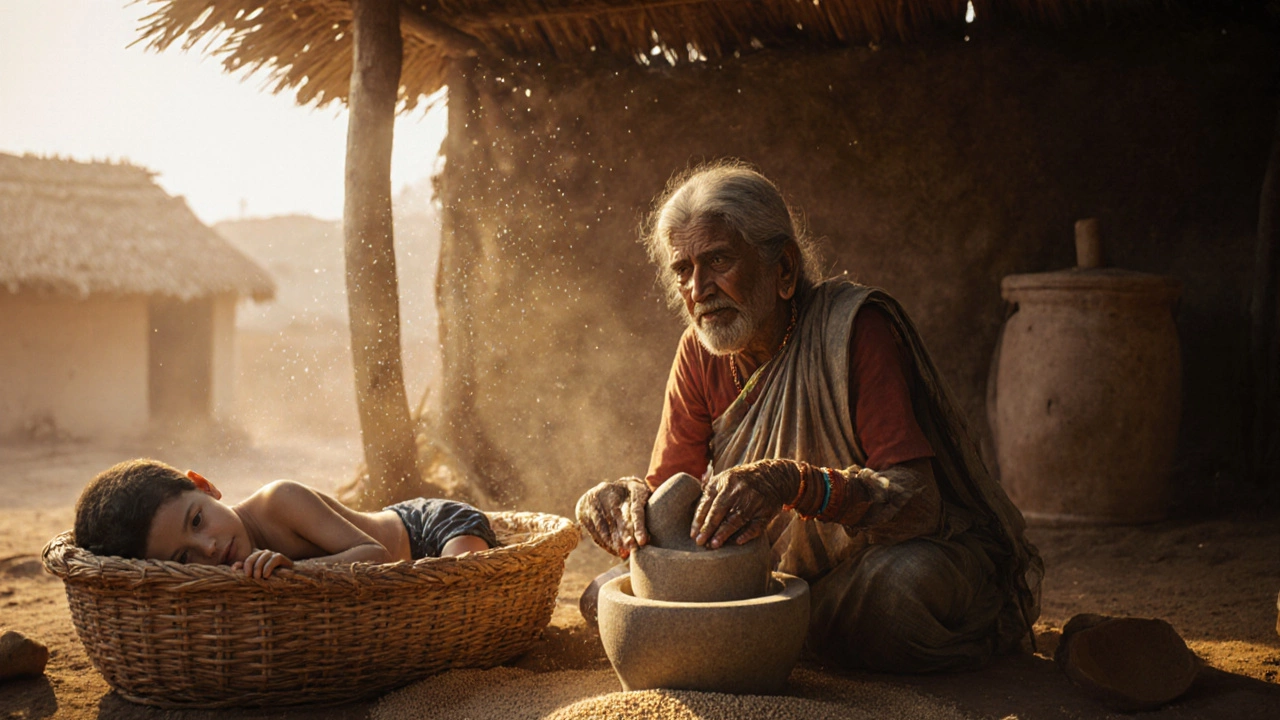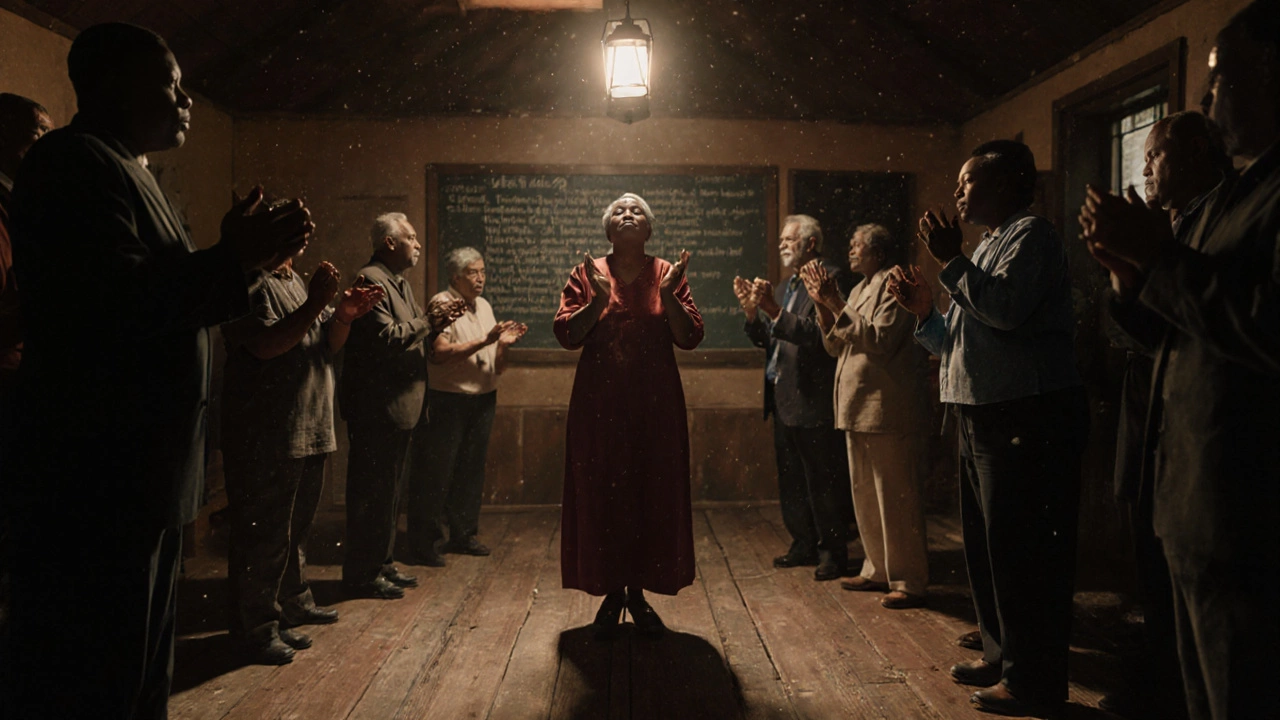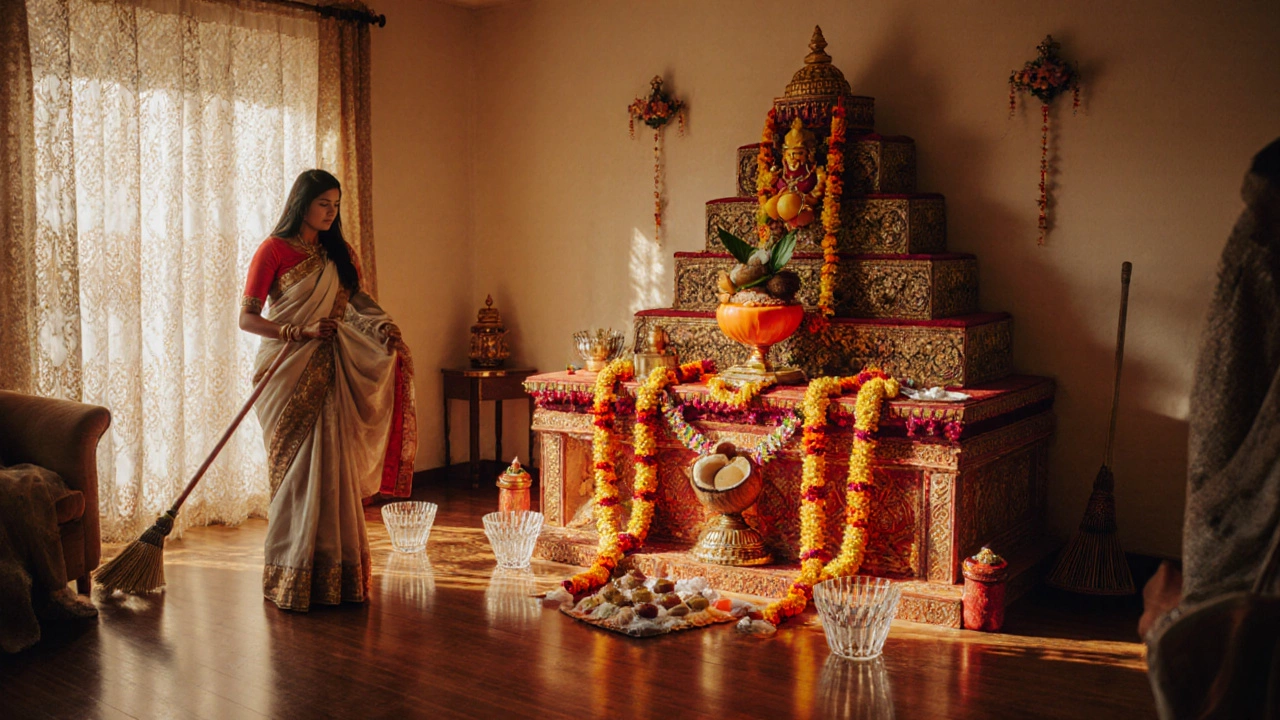Tamil Culture in 2025: Folk Traditions, Music, and Festivals
When you think of Tamil culture, the living traditions of Tamil-speaking people in southern India, rooted in ancient language, music, and ritual. Also known as Tamil heritage, it’s not frozen in history—it’s shaped every day by family rituals, village festivals, and the rhythms of folk songs passed down for generations. This isn’t just about temples or classical dance. It’s about the sound of Carnatic music, a highly structured South Indian classical system centered on raga and tala, distinct from North India’s Hindustani style. Also known as South Indian classical music, it’s the backbone of temple ceremonies and home performances alike. And it’s about how Diwali in Tamil Nadu, a festival of lights that merges with the older Tamil tradition of Karthigai Deepam, celebrated with oil lamps and home rituals. Also known as Karthigai Deepam, it’s not just a Hindu holiday—it’s a cultural anchor for millions across the globe. You’ll find these threads in every post here: the way a grandmother hums a folk tune while cooking, how a village dancer wears a mask carved by her grandfather, or why a family in Chennai still lights a lamp for ancestors on the same day every year.
Tamil culture doesn’t live in museums. It lives in Tamil folklore, the myths, songs, and dances of rural Tamil Nadu, from Karakattam’s balancing rituals to Puliyattam’s tiger dances. Also known as Tamil folk traditions, these stories explain the world—why the monsoon comes, how to ward off evil, or what happens when a Jalpari sings at midnight. You’ll read about how Indian folk music, the raw, rhythmic, often wordless vocal traditions like bol banao, used in fields, weddings, and harvests. Also known as folk vocal traditions, it’s the heartbeat beneath the polished notes of classical concerts. These aren’t relics. They’re alive. In 2025, young Tamils are recording folk songs on their phones, teaching them in schools, and blending them with hip-hop. The old ways aren’t disappearing—they’re evolving.
What you’ll find here isn’t a textbook. It’s a collection of real questions asked by people who want to understand—not just observe. Why do Tamils celebrate Diwali differently? What’s the real story behind the Jalpari? How does a Carnatic musician train from age five? Who sings the most powerful folk songs today? These aren’t abstract ideas. They’re lived experiences. You’ll see how food taboos connect to religion, how a single song can earn millions, and why a dance from Alabama has more in common with a Tamil folk step than you’d guess. This isn’t about listing facts. It’s about showing you how culture breathes.











